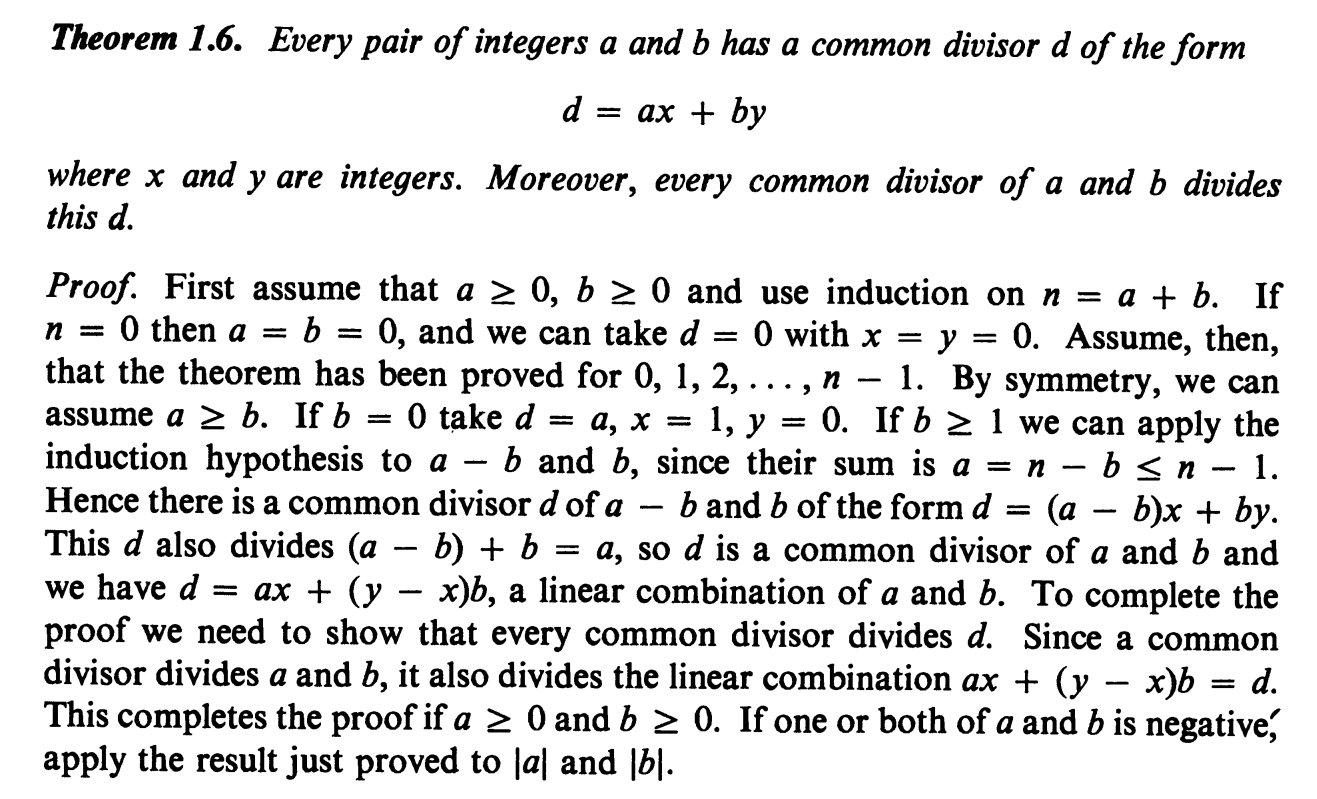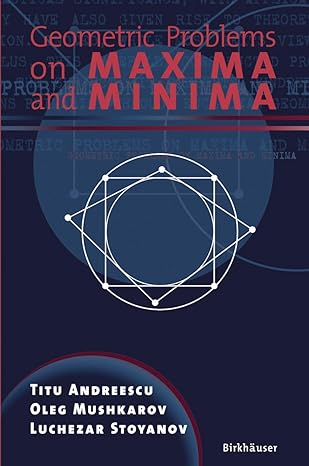Answered step by step
Verified Expert Solution
Question
1 Approved Answer
I know how to do induction but it looks different from what I have seen before! I am not sure clearly what is basis part
I know how to do induction but it looks different from what I have seen before! I am not sure clearly what is basis part or what is inductive hypothesis in this proof. Also what does 'by symmetry' mean? Is it same with 'without loss of generality'? In general I don't follow this proof at all.
Could you please explain to me this proof in easier and detailed way?

Step by Step Solution
There are 3 Steps involved in it
Step: 1

Get Instant Access to Expert-Tailored Solutions
See step-by-step solutions with expert insights and AI powered tools for academic success
Step: 2

Step: 3

Ace Your Homework with AI
Get the answers you need in no time with our AI-driven, step-by-step assistance
Get Started


